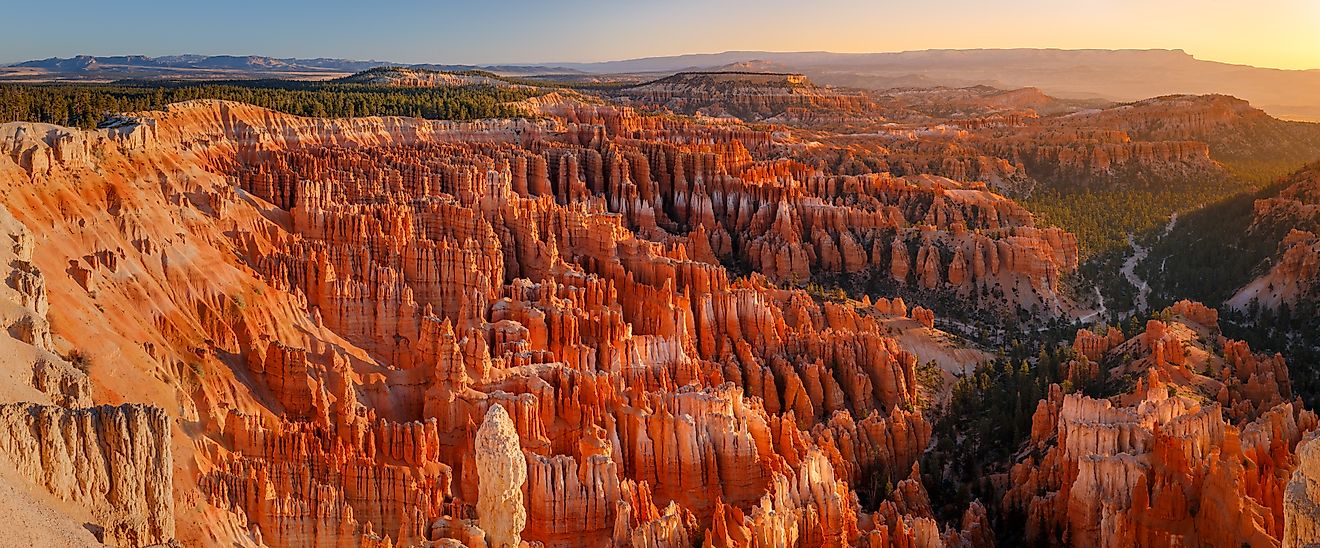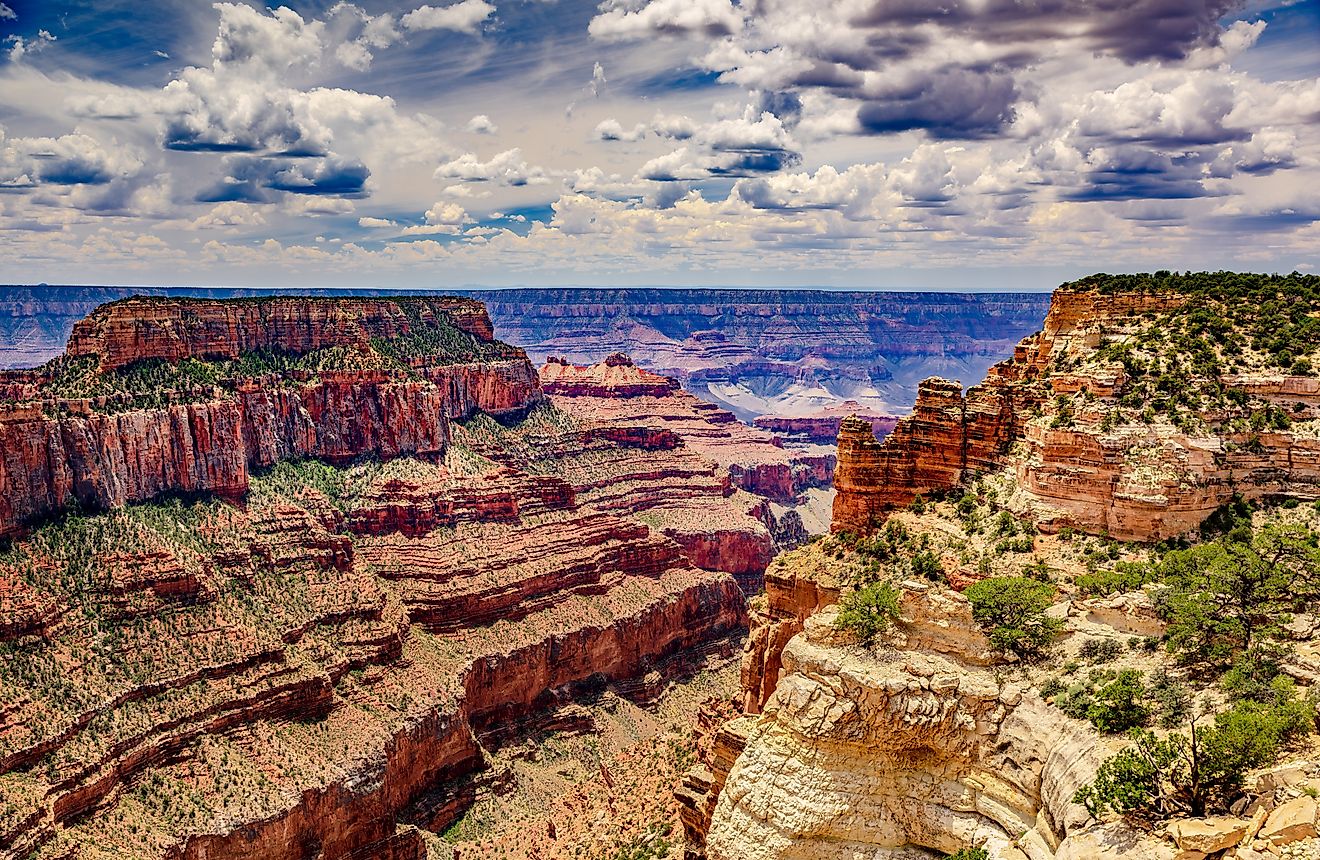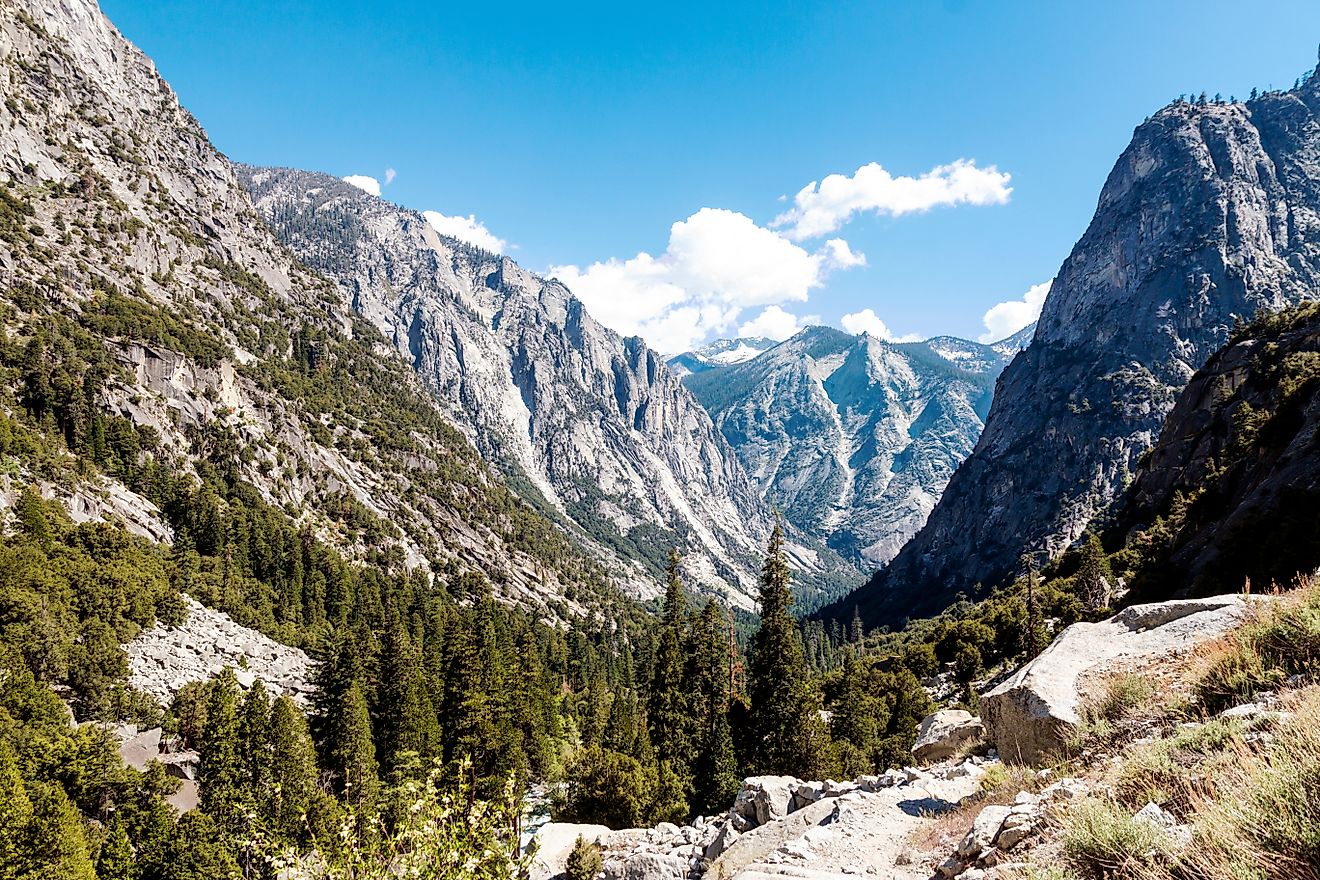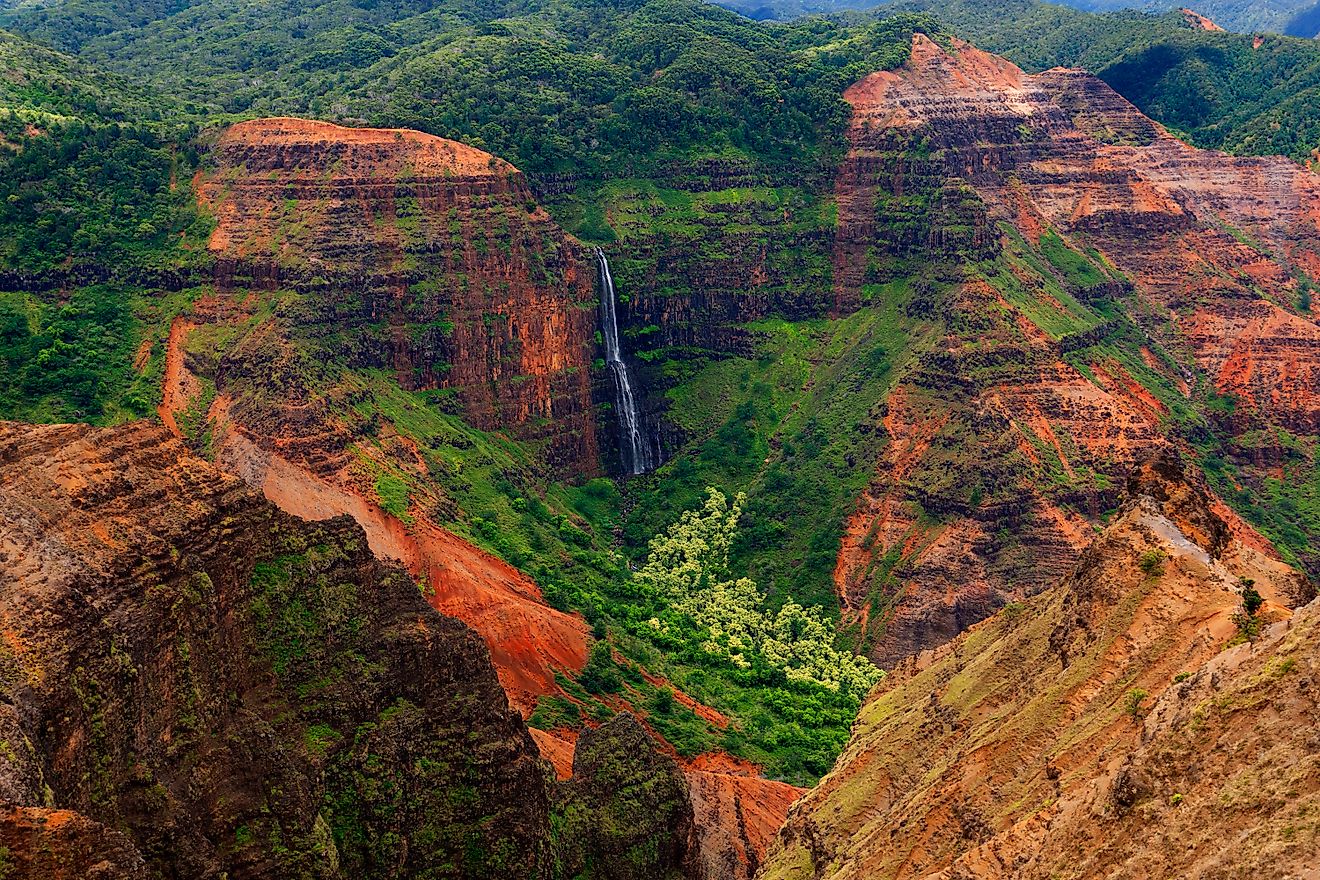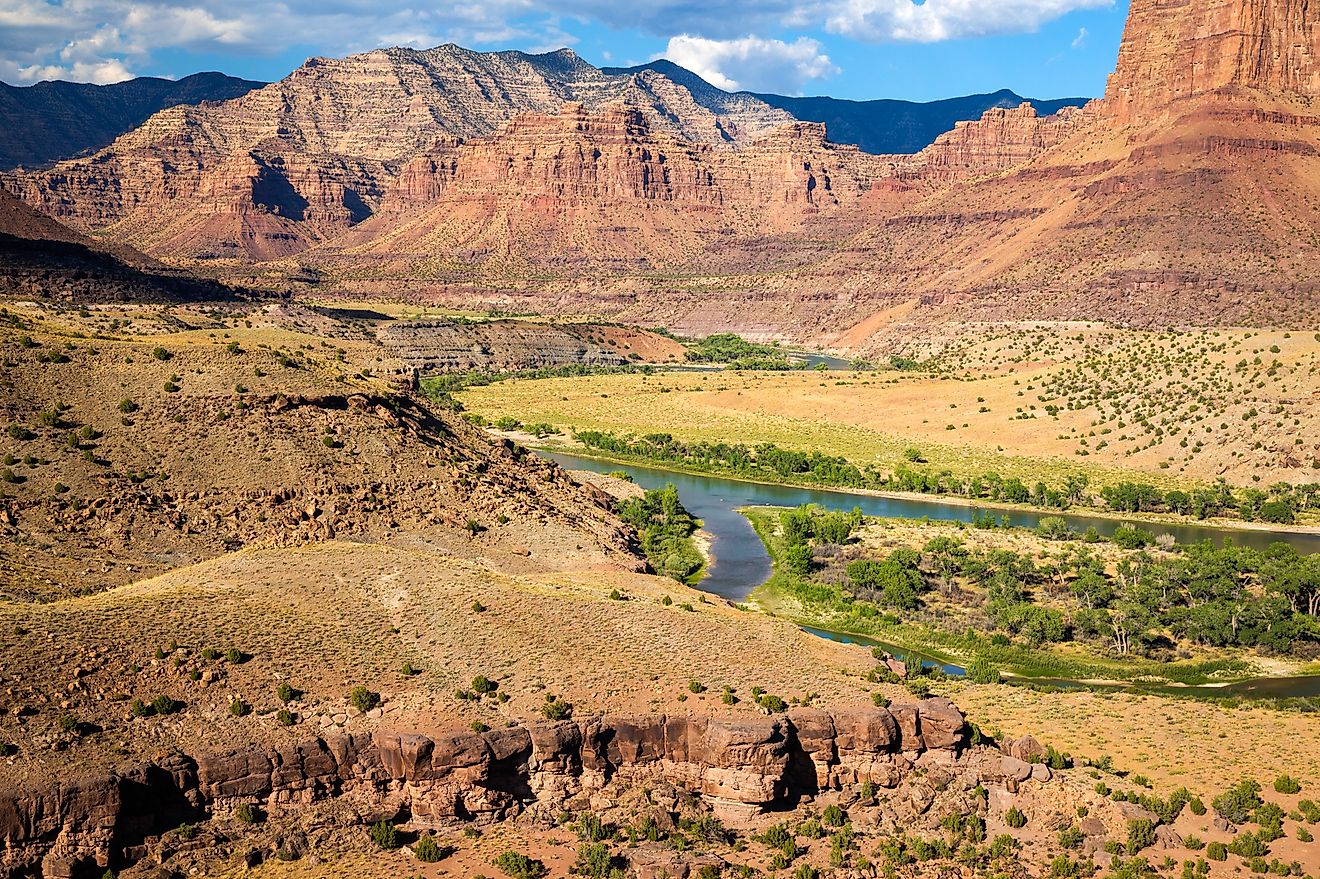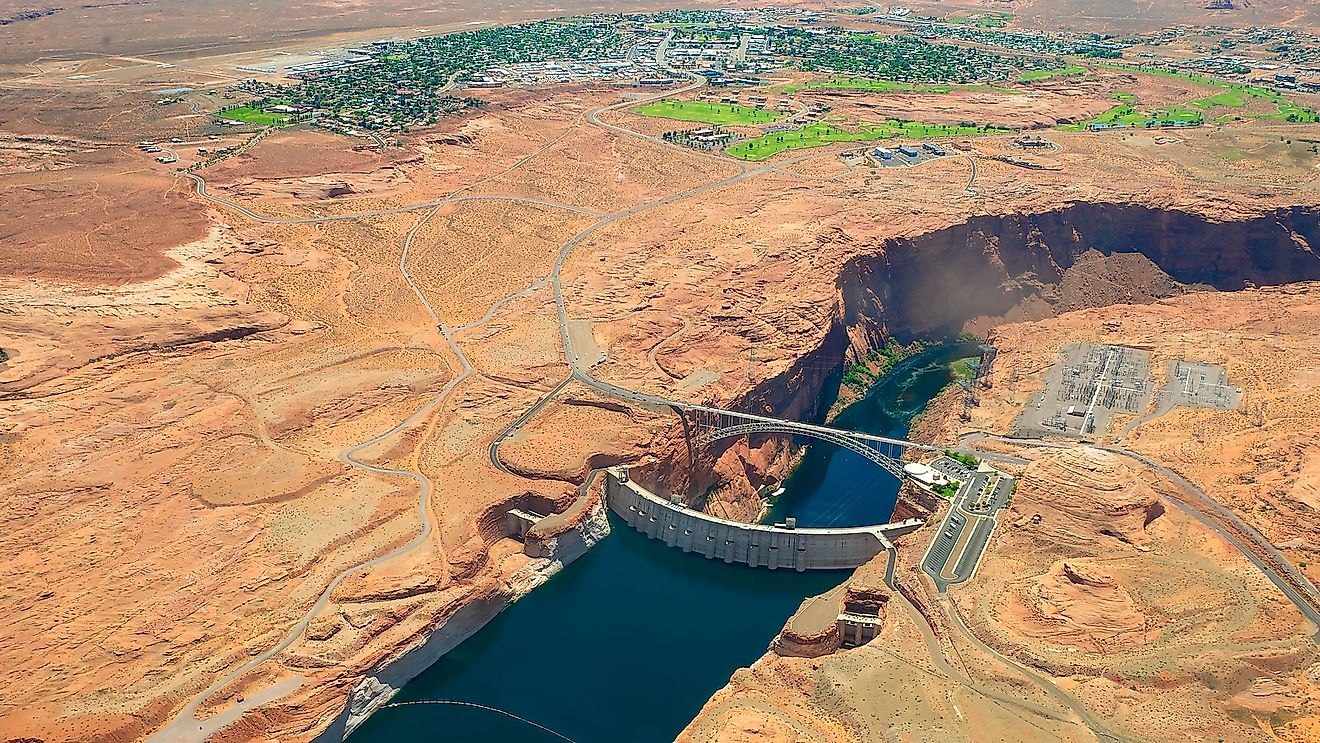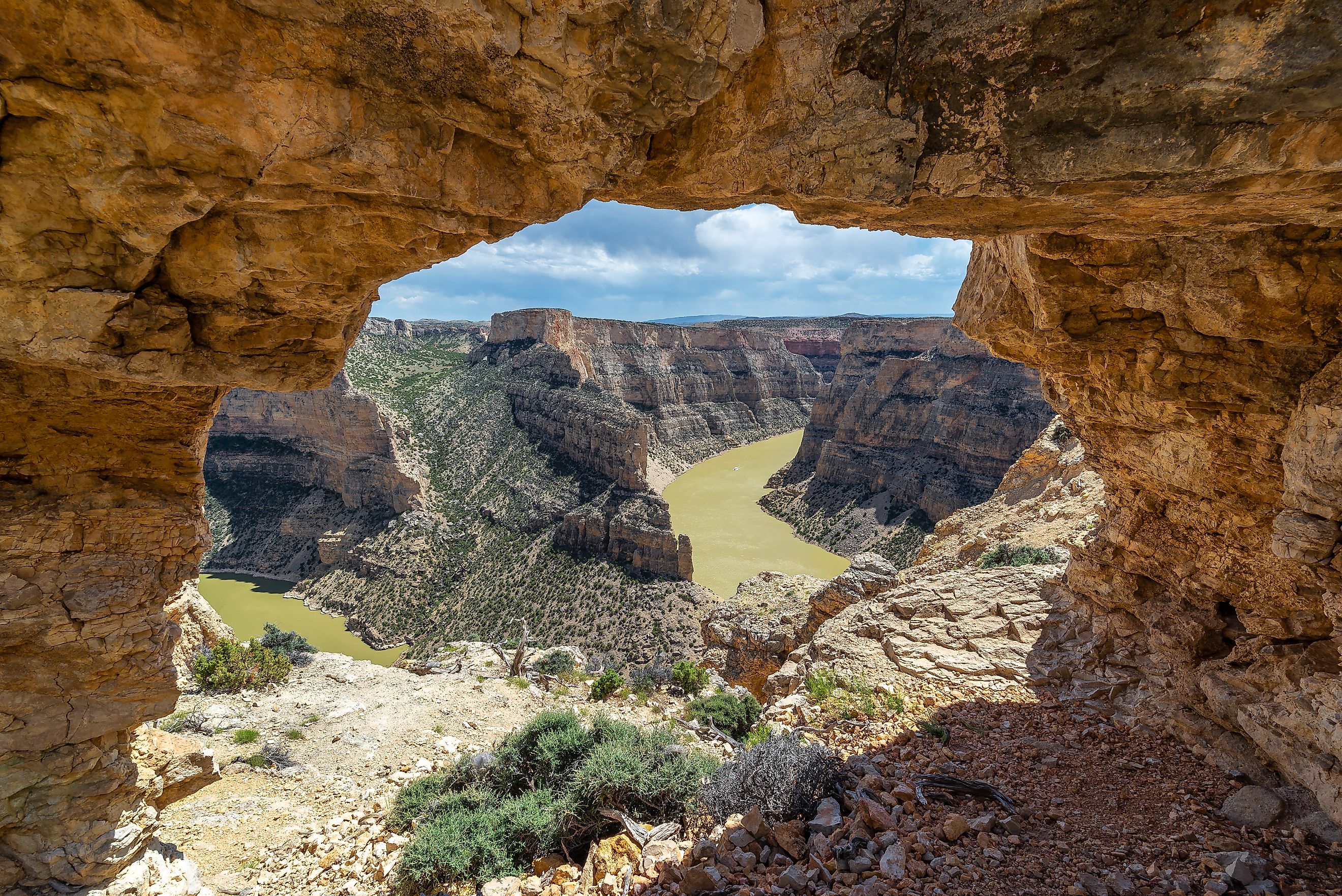
Bighorn Canyon
Bighorn Canyon is a vast chasm of red cliffs, winding waters, and ancient rock layers that cuts through the rugged landscapes of Montana and Wyoming. Formed by the powerful flow of the Bighorn River, the canyon now lies within the Bighorn Canyon National Recreation Area, which stretches across more than 120,000 acres. This region includes Bighorn Lake, a long reservoir framed by soaring canyon walls, and protects some of the most remote and visually dramatic terrain in the American West.
Despite its size and beauty, Bighorn Canyon remains largely under the radar for many travelers. Those who make the journey find a place shaped by geologic upheaval, sustained by centuries of Indigenous presence, and marked by the enduring tension between nature and human engineering.
A Canyon Formed Over Millennia
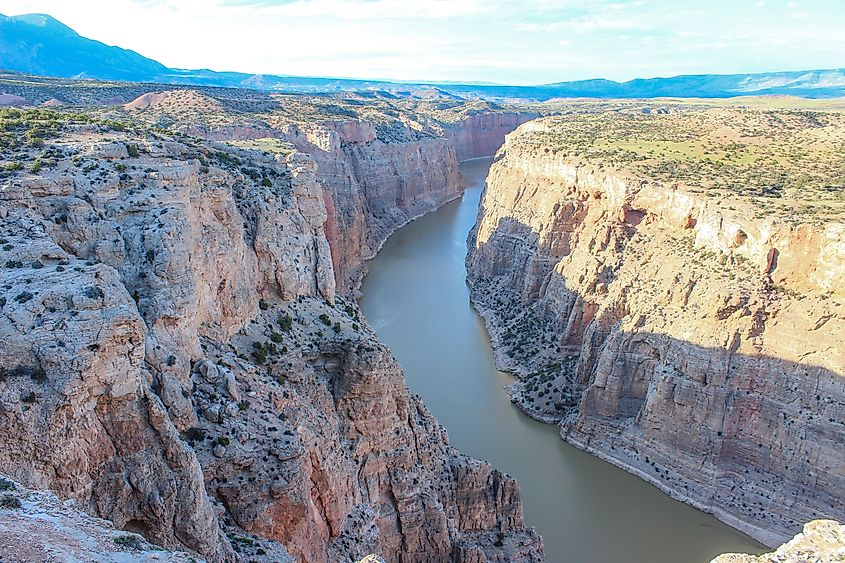
Bighorn Canyon cuts through the northern edge of the Bighorn Mountains, revealing layers of limestone and sandstone that span more than 500 million years of Earth’s history. The canyon plunges as deep as 1,000 feet in some places and stretches for 71 miles, with towering walls and rugged cliffs forming a stark contrast against the high desert and sagebrush landscape of the surrounding region. The Bighorn River originally carved this canyon long before it was dammed to create Bighorn Lake, a process that forever altered its appearance but retained much of its wild, untamed character.
Today, Bighorn Lake winds its way through the canyon’s serpentine path. Fifty-five miles of the lake lie within the national recreation area, offering a rare opportunity to boat directly between vertical canyon walls. In places, the lake narrows so dramatically that the red and gray cliffs seem to fold in on themselves, creating an intimate connection between visitors and the canyon’s geologic past.
Indigenous Legacy and the Sacred Landscape
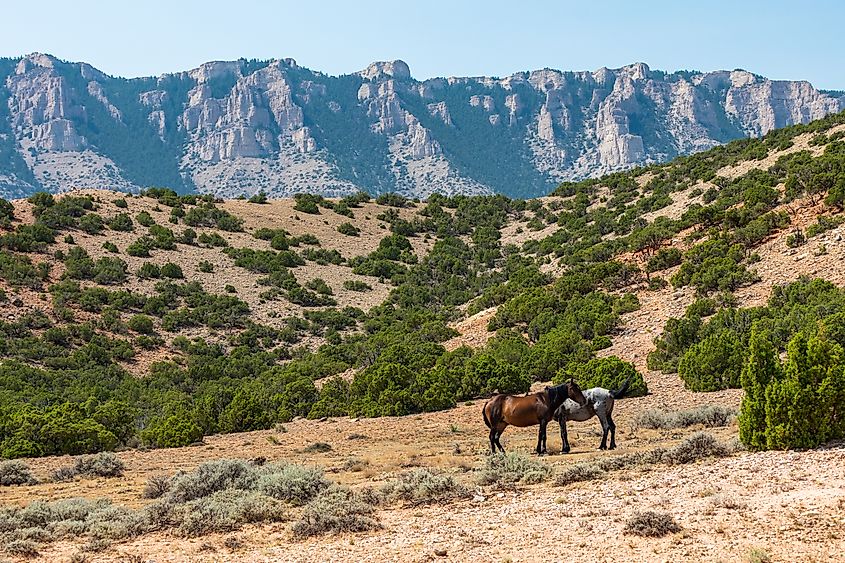
For thousands of years, Bighorn Canyon was a passage and sanctuary for Indigenous peoples. Archaeological evidence shows human activity in the region dating back 12,000 years. The Bad Pass Trail, which follows the canyon's western edge, served as a seasonal route between the Bighorn Basin and the plains of present-day Montana, where bison herds once roamed in abundance.
The canyon’s cultural significance only deepened when the Crow Nation settled in the area around the 16th century. By the 18th century, the Crow people had established deep roots in what became known as Bighorn Country. The canyon and its surrounding lands were more than a place of survival; they were sacred. Despite conflict with other tribes and later with the US government, the Crow held firm in their connection to the land. The 1851 Fort Laramie Treaty designated a vast Crow territory of 38 million acres, although that was drastically reduced to 8 million acres by 1868.
In the 20th century, the federal government’s decision to dam the Bighorn River under the Pick-Sloan Flood Control Act led to further land disputes. The construction of Yellowtail Dam in the 1960s, named for Crow leader Robert Yellowtail, flooded part of Bighorn Canyon and turned a wild river into a regulated reservoir. The Crow fought to protect the sacredness of this landscape, eventually negotiating compensation for over 12,000 acres of tribal land.
A Canyon of Echoes and Exploration
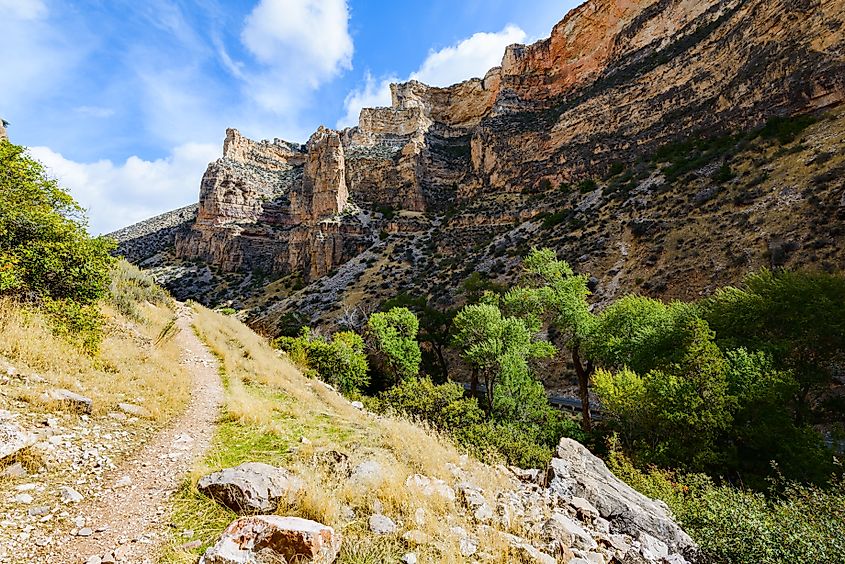
Bighorn Canyon is rich with natural acoustics, none more famous than the "triple echo" that can be heard near Sullivan Knob along the canyon rim. Stand in just the right spot, shout across the canyon, and you'll hear your voice come back not once, but three distinct times. It’s a simple, surreal reminder of the canyon’s grandeur.
While boating offers one of the most immersive experiences, hiking trails bring visitors up close to the high desert environment and the wildlife that inhabit it. Trails like the Sykes Trail or the Beaver Pond Nature Trail wind through juniper-studded plateaus and down to the water’s edge, offering glimpses of bighorn sheep, mule deer, and even the elusive mountain lion.
Bighorn Canyon is also home to one of the few designated wild horse ranges in the United States. Nearly one-quarter of the Pryor Mountain Wild Horse Range lies within the recreation area. Here, herds of free-roaming mustangs (descendants of Spanish horses brought to North America centuries ago) can sometimes be seen grazing in the distance.
Water and Wildlife
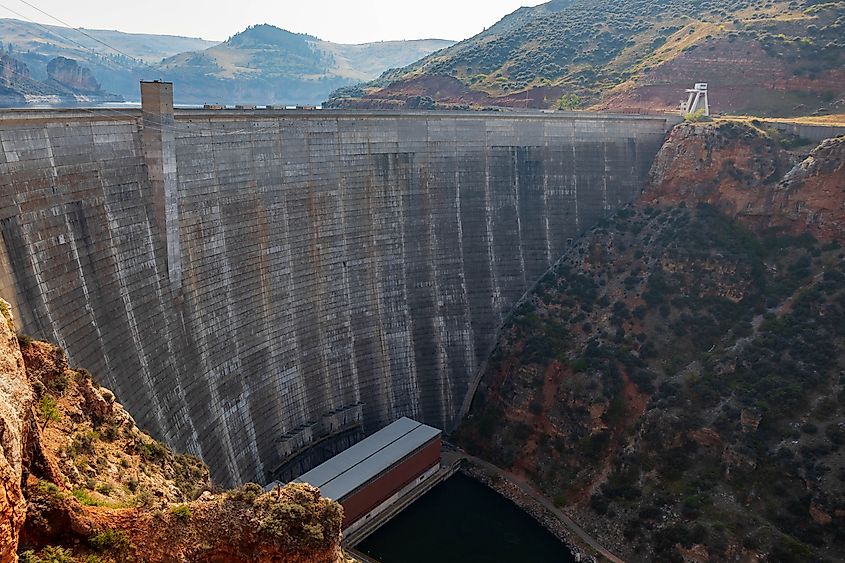
Yellowtail Dam stands as a monumental structure rising 525 feet above the canyon floor. Built by the Bureau of Reclamation, the dam turned the Bighorn River into a regulated waterway, creating Bighorn Lake and enabling recreational boating, water skiing, kayaking, and fishing. Though controversial in its time, the dam now supports vital habitat and recreational use throughout the canyon.
Above the dam lies Afterbay Lake, a secondary reservoir that helps regulate water flows. The stretch of Bighorn River downstream from Afterbay is considered a world-class tailwater fishery, particularly renowned for rainbow and brown trout. Anglers from across the country visit this segment of river to fish in clear, cold waters nourished by the dam’s consistent releases.
Further into the lake, warm water species such as smallmouth bass, channel catfish, and walleye thrive. The lake’s 191 miles of shoreline provide ample opportunity for both anglers and birdwatchers, with more than 230 bird species recorded in the area. From bald eagles to herons, Bighorn Canyon's varied ecosystem supports a stunning array of wildlife.
Historic Homesteads in a Rugged Landscape

The canyon is not just a natural marvel but also a window into the lives of early Western settlers. Four historic ranches lie within its boundaries, each telling a story of determination and resilience.
Caroline Lockhart, an early 20th-century journalist and novelist, once owned the L Slash Heart Ranch. Her story is interwoven with the changing role of women and the rugged independence of frontier life. The Mason-Lovell Ranch, active during the open-range days of the 1880s, once supported herds of 25,000 cattle. Other notable sites include Cedarvale Ranch, a dude ranch developed by a New Yorker who unsuccessfully tried to lure Easterners to the remote Montana wilds, and the Ewing-Snell Ranch, built by a failed gold prospector who turned to ranching for survival.
Each of these properties still stands today, preserved as reminders of the canyon’s human stories. The buildings may be weathered, but they represent a broader saga of settlers attempting to stake a claim in an unforgiving but awe-inspiring landscape.
Visiting Bighorn Canyon Today
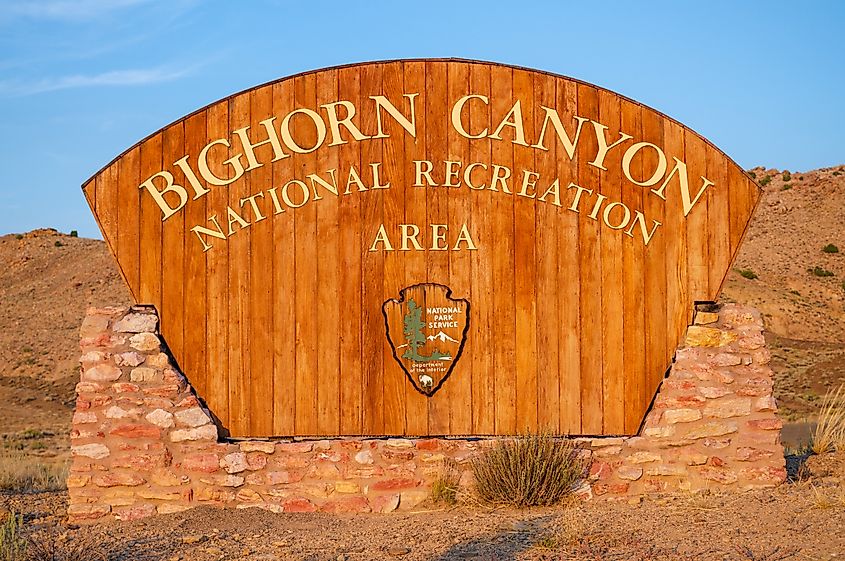
There are two primary access points for visitors: the North District via Fort Smith, Montana, and the South District near Lovell, Wyoming. Though both parts are within the same recreation area, there is no road that connects them internally. Each district offers a different experience. The North is dominated by the presence of the dam and the reservoir’s more vertical canyon walls, while the South opens into rolling badlands and sweeping views.
Camping is popular throughout the recreation area, with drive-in campgrounds and remote boat-in sites offering options for different comfort levels. Horseshoe Bend, the largest campground, has 68 sites and is open year-round. For those seeking more solitude, backcountry camping is permitted along undeveloped shoreline and in remote canyons, provided visitors pack out what they bring in.
Permits are required for activities like caving, particularly for those who wish to explore Bighorn Cavern. This remote, wild cave system is managed carefully to protect both visitors and sensitive formations within.
Conclusion: A Canyon That Still Echoes With Life
Bighorn Canyon is not just a deep gash in the Earth. It is a place of living history, geological wonder, and ecological diversity. Whether you come to fish its storied waters, hike its rim trails, or simply stand in awe of its towering cliffs, the canyon invites reflection on the forces that shape land and culture. Often overshadowed by more famous national parks, Bighorn Canyon remains one of the West’s most striking and spiritually resonant landscapes.
